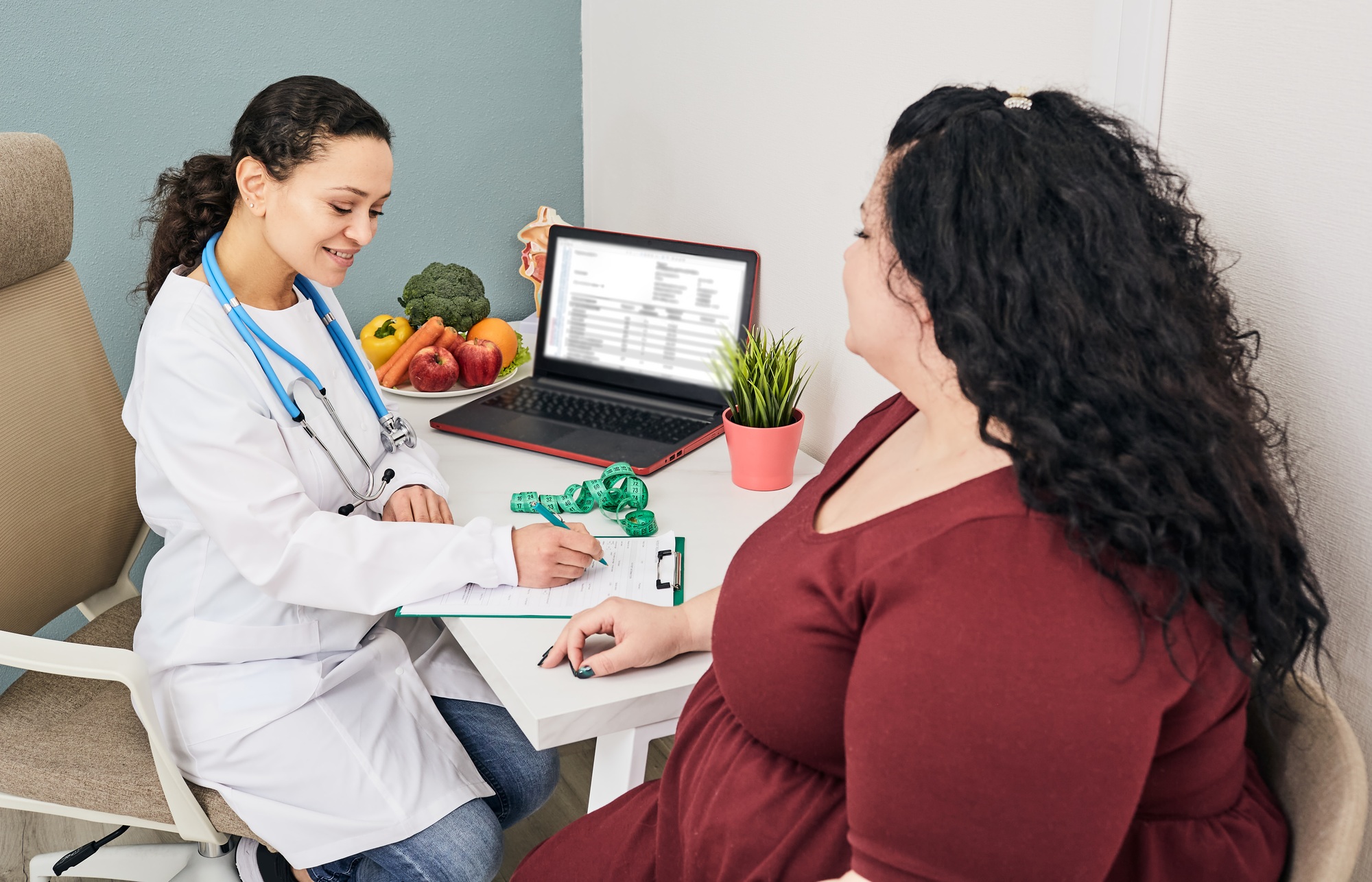Attending a medical conference can give new perspectives that boost your private practice. It’s not just about taking a break from the daily grind—it’s about gaining fresh insights, networking with peers, and discovering new ways to enhance patient care.
In this blog, we’ll guide you through picking the right conference, making the most of your time there, and bringing back actionable ideas that can truly benefit your practice.

Picking the Right Conference
First things first, you need to pick the right conference. Start by knowing your goals. Are you looking to network, learn new techniques, or stay updated on industry trends? Once you’ve identified your objectives, research options that align with them. Consider the location, cost, and who the speakers are.
Don’t forget to read reviews and get recommendations. Ask your colleagues for suggestions; they might have attended a conference that was particularly beneficial. Checking online reviews and testimonials can also give you a good sense of what to expect.
Preparing to Attend
Once you’ve picked your conference, it’s time to get ready. Plan ahead by registering early to take advantage of any early bird discounts. Book your accommodations and travel well in advance to avoid last-minute stress.
Create a schedule by reviewing the conference agenda. Select the sessions that align with your interests and goals, prioritizing the must-attend ones. Make sure you leave room for networking opportunities.
And don’t forget to pack wisely – bring business cards, a notebook, and comfortable attire. If there are specific sessions you’re particularly interested in, prepare any materials or questions in advance.
Making the Most of the Conference
Now that you’re at the conference, it’s time to make the most of it. Be engaged. Actively participate in sessions, take notes, ask questions, and engage with speakers and other attendees. This is your opportunity to learn and grow, so make the most of it.
Networking is crucial. Take advantage of breaks, social events, and the exhibitor halls to meet new people. Exchange contact information with peers and industry leaders. These connections can be valuable resources long after the conference ends.
Explore the exhibit hall thoroughly. Visit vendor booths to learn about new products and services. Collect information and samples that could benefit your practice. This hands-on exploration can provide insights you might not get from sessions alone.
Bringing Ideas Back to Your Practice
When the conference is over, it’s time to bring those ideas back to your practice. Start by debriefing and reflecting on what you’ve learned. Review your notes and identify key takeaways. Think about how these ideas can be implemented in your practice. A great time to do this is while traveling home.
Share your knowledge with your team. Hold a meeting to discuss what you’ve learned and explore potential changes or new practices. Your team’s input can help refine these ideas and make them more applicable to your specific needs.
Finally, implement and follow up. Create an action plan for applying new ideas, set timelines, and assign responsibilities for each action item. Regularly follow up on progress and make adjustments as needed. This will make sure any new methods are effectively blended into your practice.
Conclusion
Attending conferences can greatly transform your practice. Beyond learning and networking, you return with fresh, innovative ideas that can bring your practice to new heights. Embrace the opportunity to attend your next conference with an open mind and a readiness to try new concepts. You won’t regret it!





